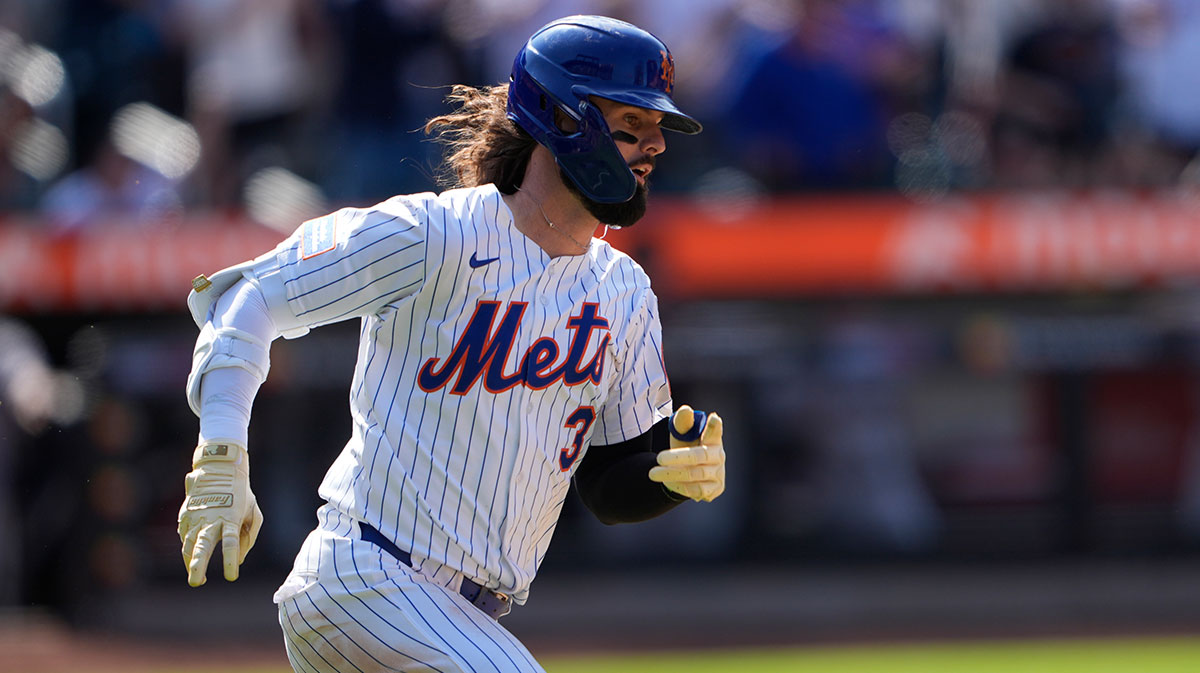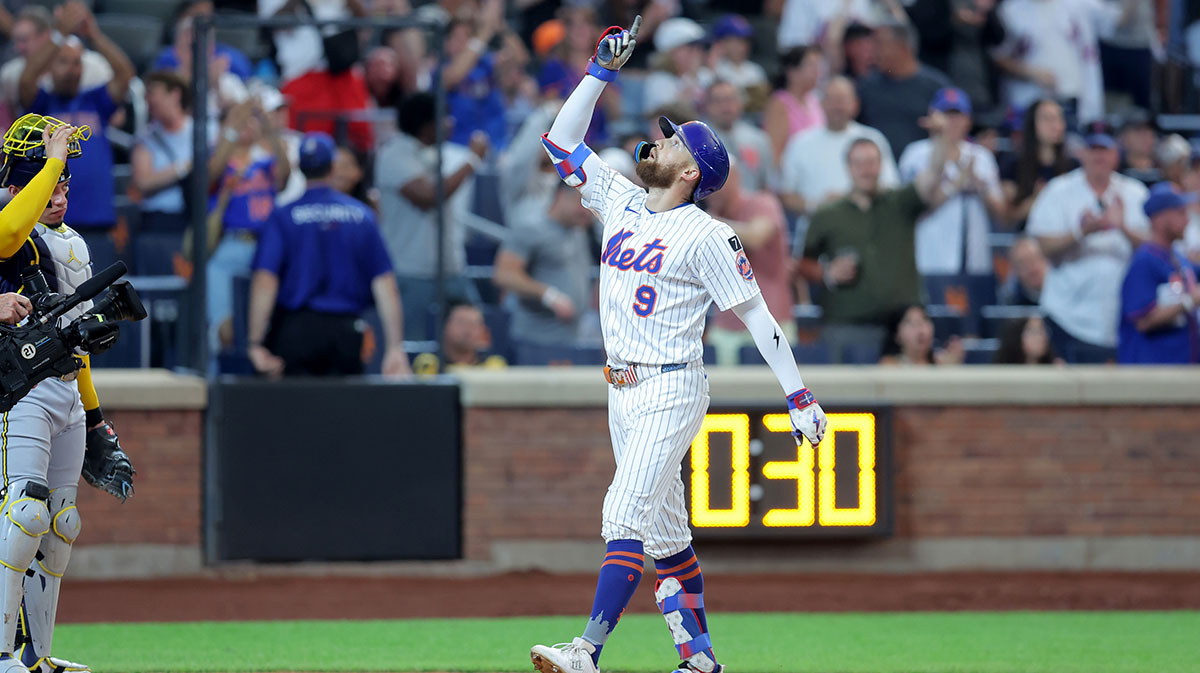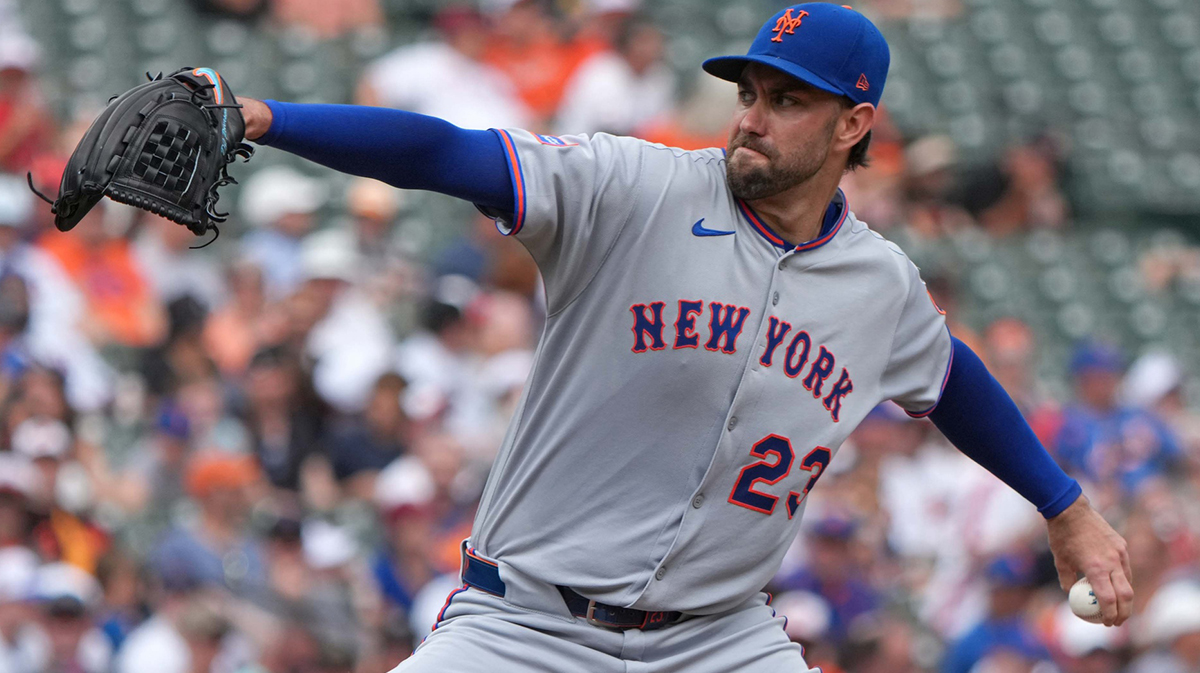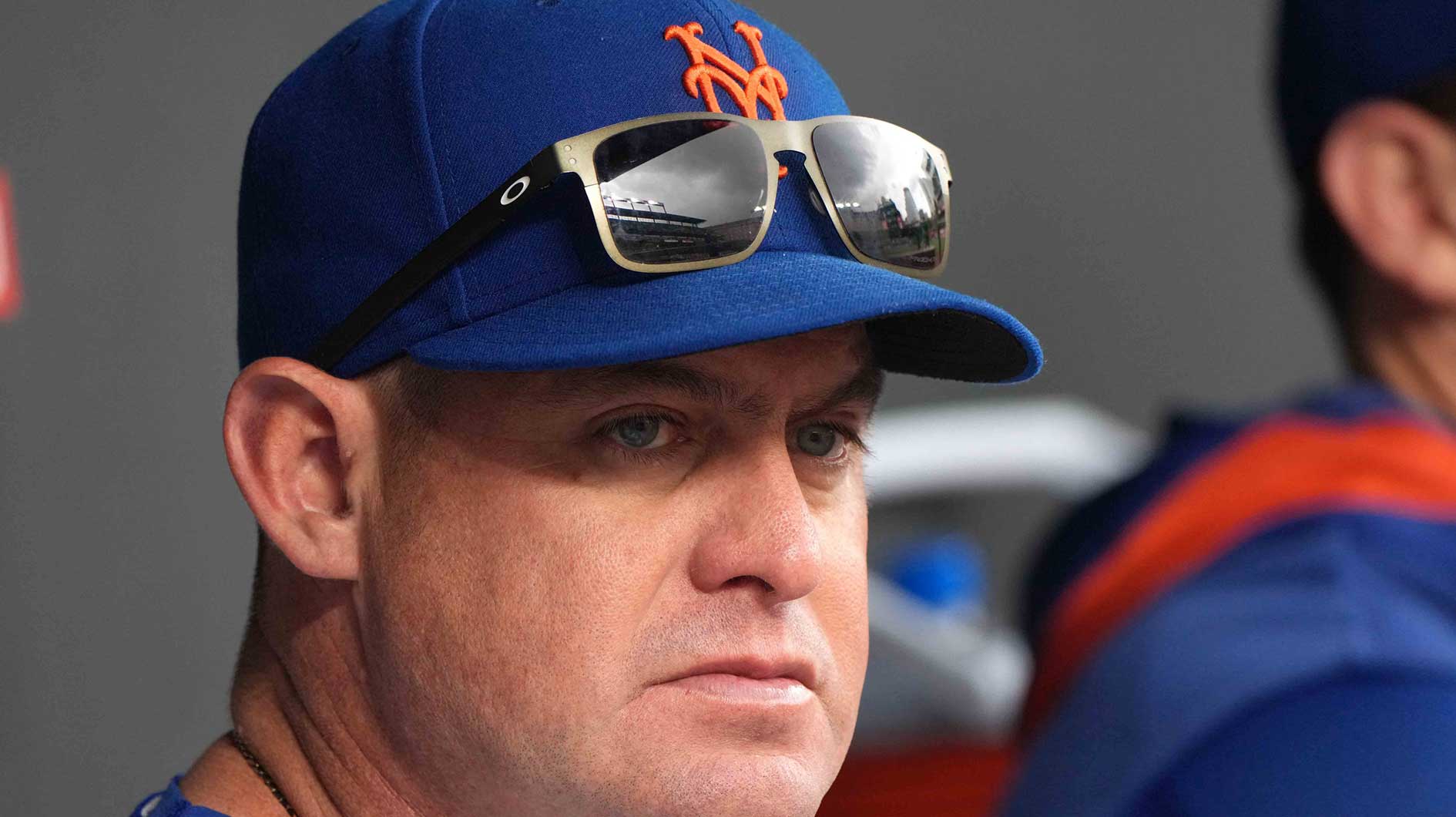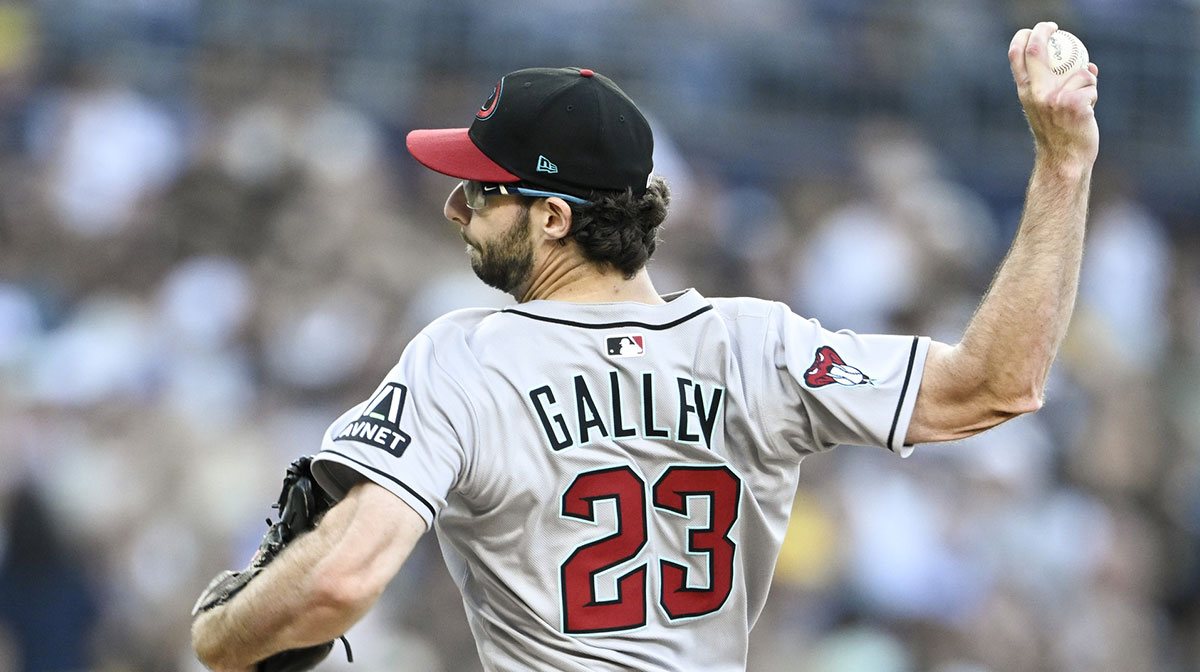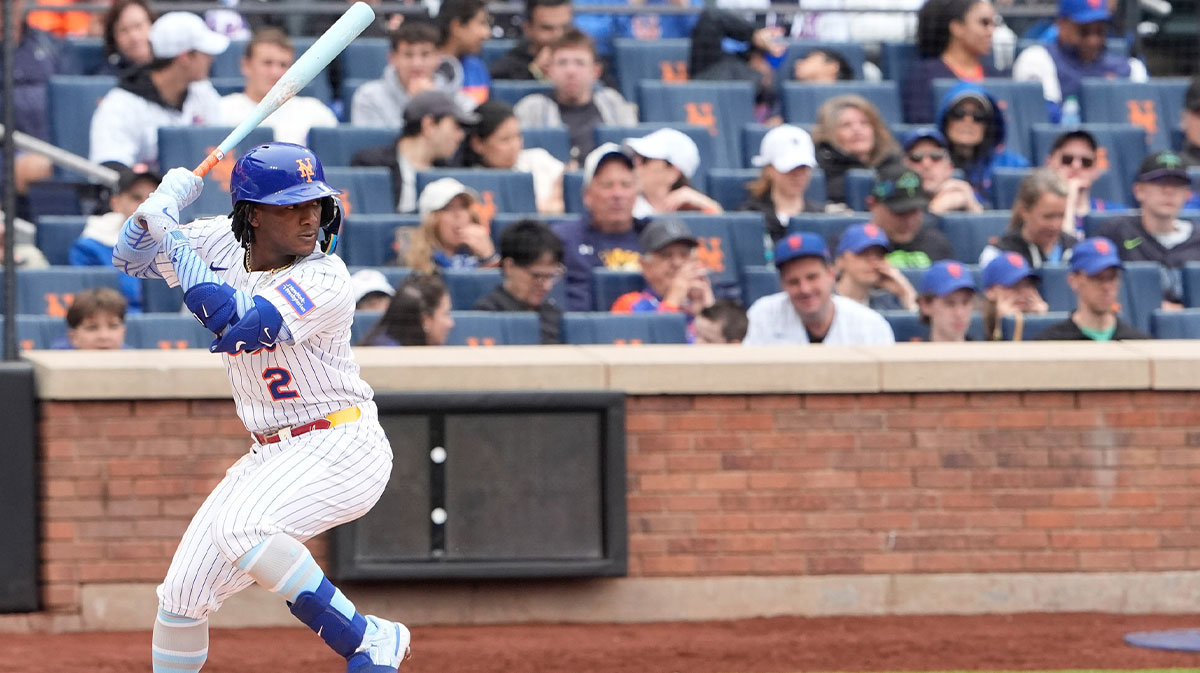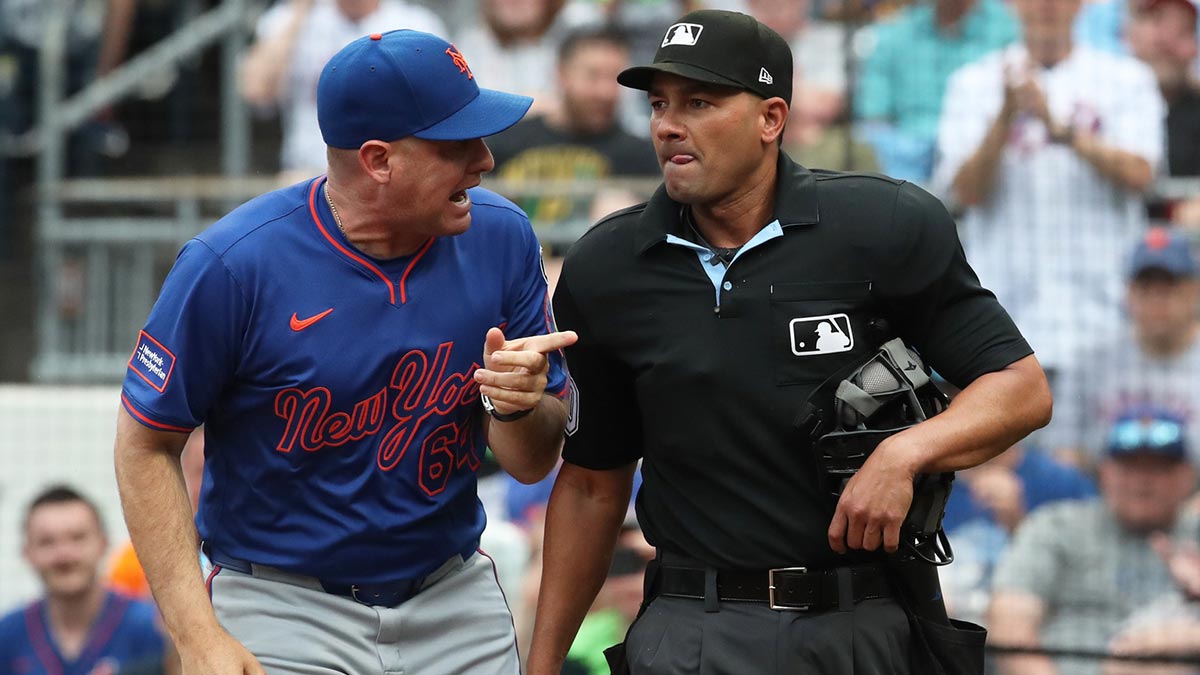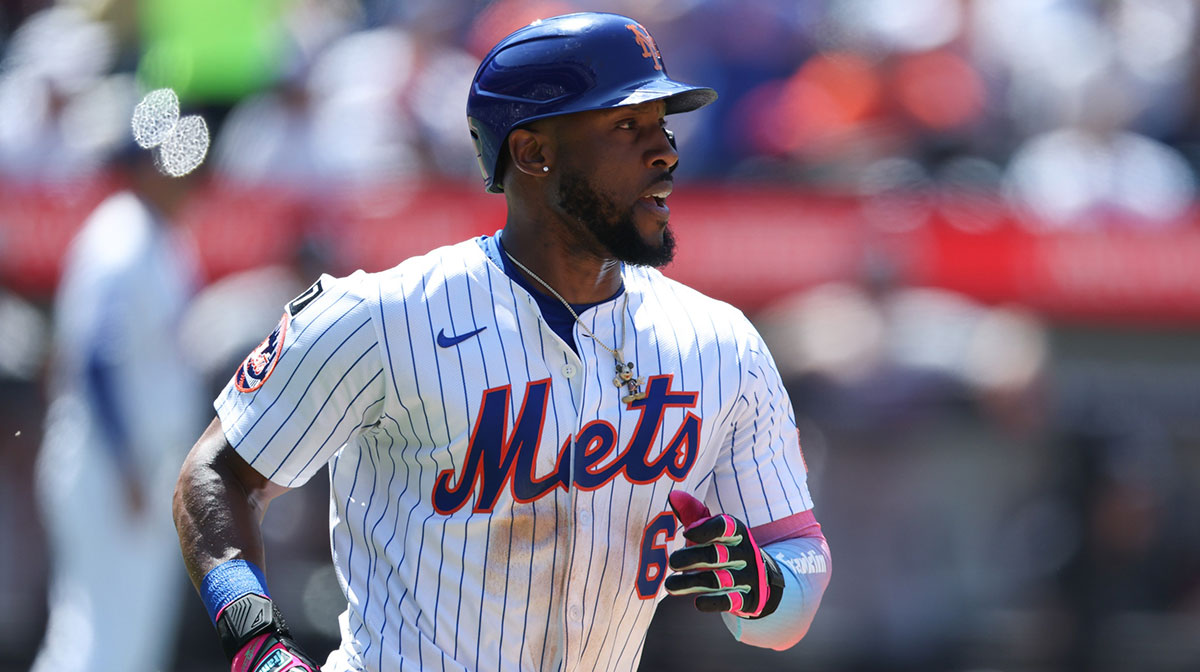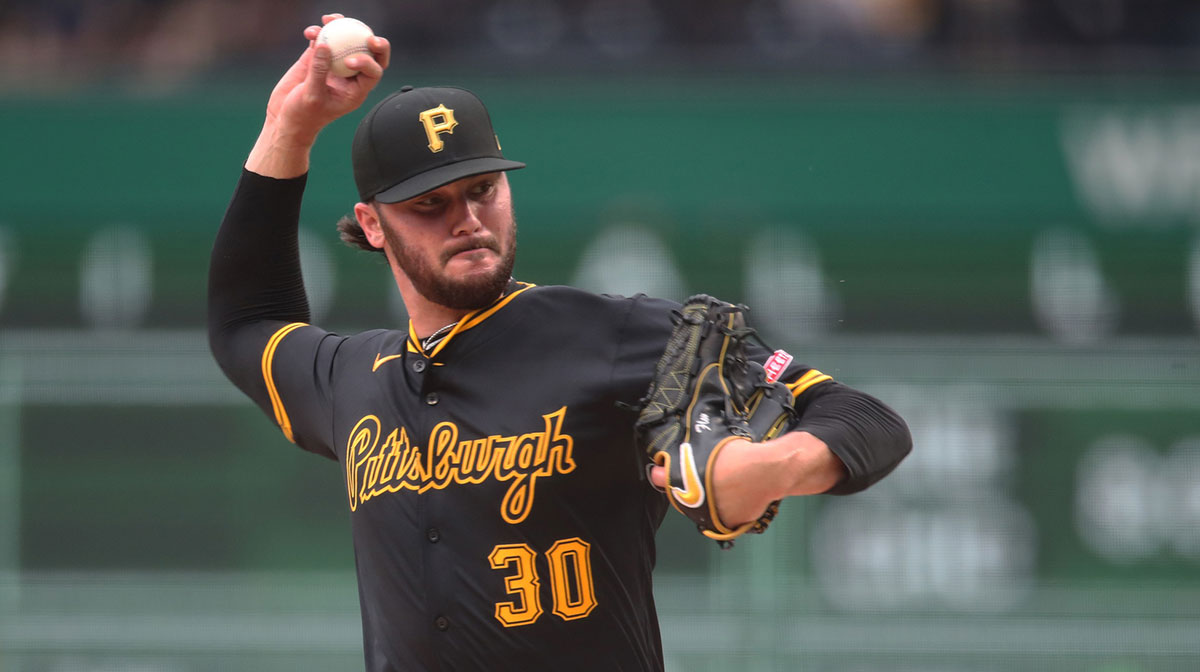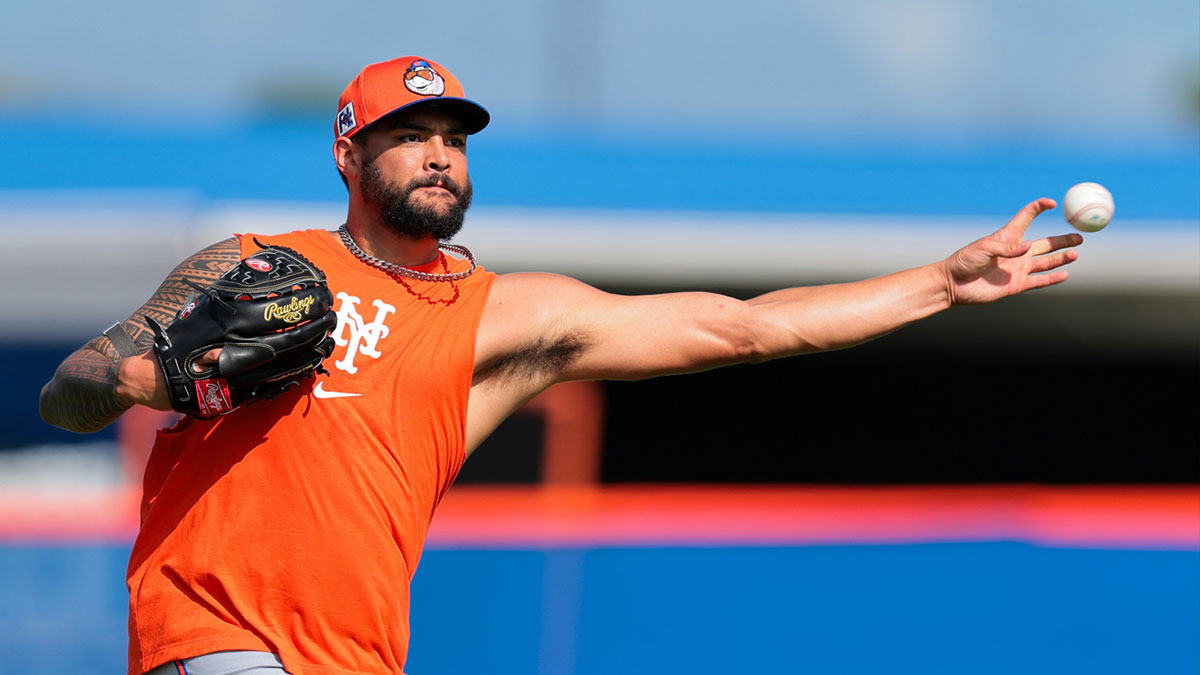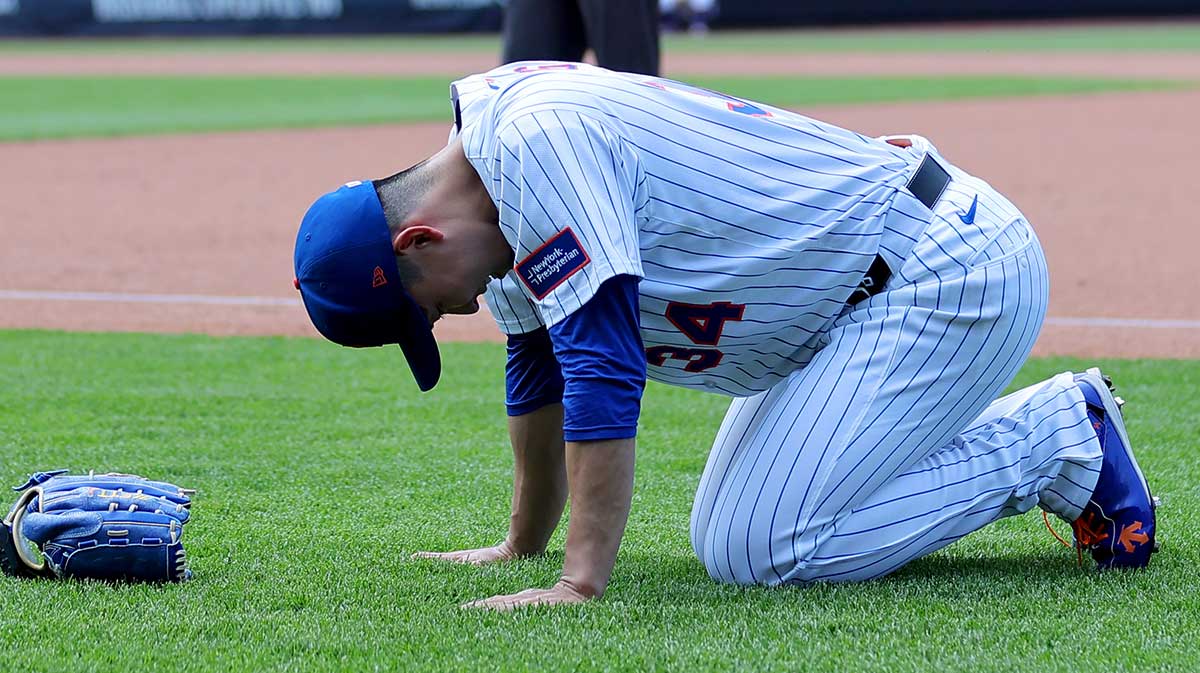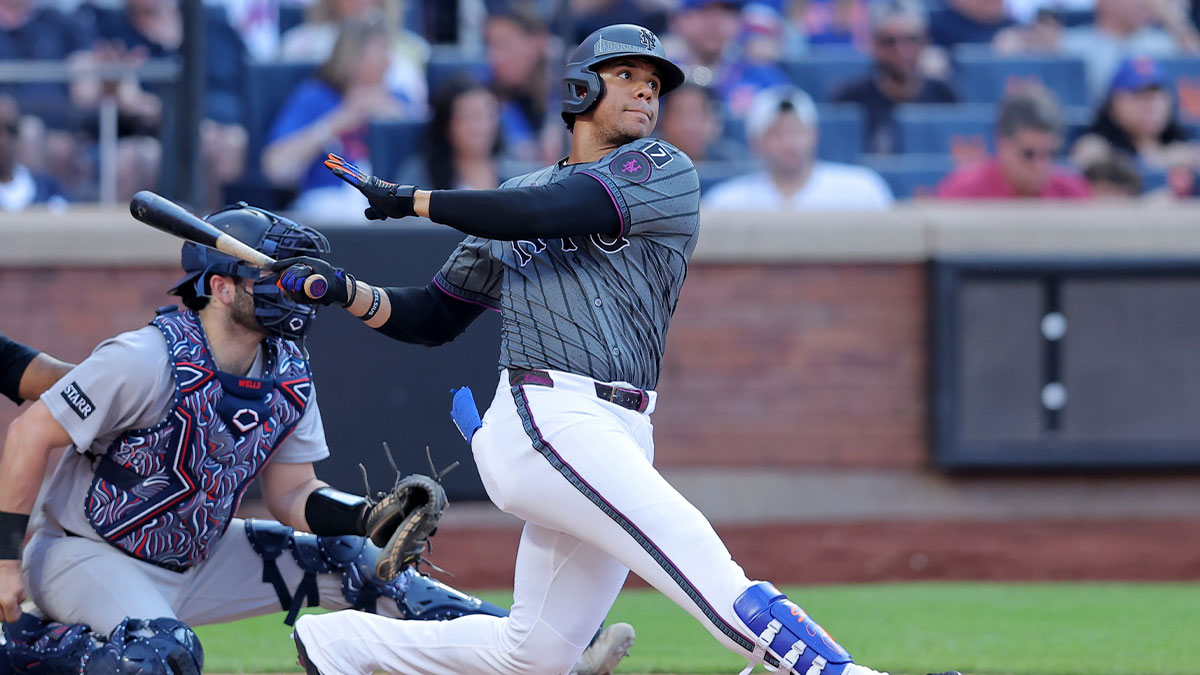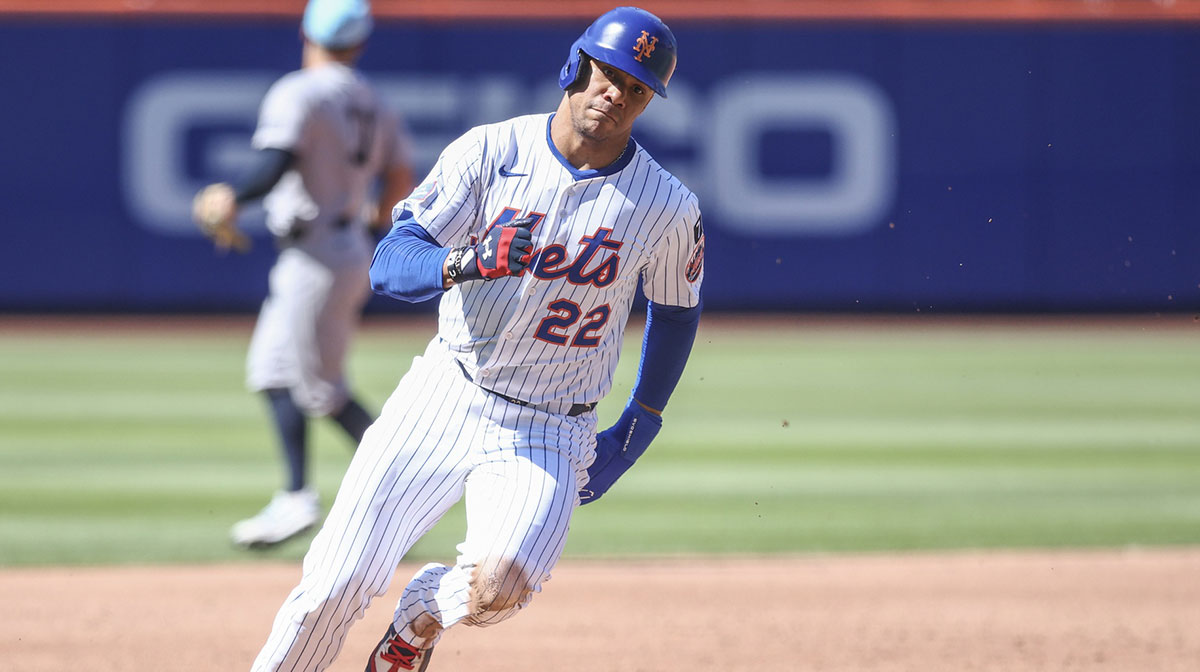Coming off of knocking 53 balls out of the park in 2019, the starting first baseman for the New York Mets is going to be having a bit more change in his pockets for the 2020 season.
Pete Alonso, better known as the Polar Bear, received a record raise from his rookie season salary, which saw him playing at just below the typical MLB minimum of $563,500, at $555,000. Having been given a raise of more than 17 percent, up to $652,521, Alonso is now able to try and play off of his monster rookie season, albeit with heavier pockets.
For Alonso, his ability to try and add more money into his paycheck is quite limited, especially for a player that is pre-arbitration eligibility. As we have seen in the past, players have been more than deserving of an increase in yearly salary, yet the Mets were not willing to meet the reasonable demands, painting the player into a tough corner.
An option that pre-arbitration players have is the ability to simply renew their contract, an aspect that may go unused but also can prove to a team that the involved player is either unhappy with the team that he is on or that he feels grossly underpaid and underappreciated. A loose definition of the renewal rule looks something like this:
If the player is not happy with the figures presented at a meeting between himself and his team, he may choose to simply renew his contract, meaning that he will be playing the upcoming season at the same rate that he played at the previous season. Players choose this route if they feel like they are being treated unfairly in negotiations, the route that Milwaukee Brewers closer Josh Hader chose to take when dealing with the Brewers before the 2019 season.
Players must wait until having accrued three years of service time in the major leagues before entering into arbitration, which is when they are able to actually vouch for what their yearly salary amount should be set at, based on their previous season’s statistics.
Commonly, franchises will run numbers of statistics of players due to receive raises through the arbitration process through formulas and that is how they come up with the offer that they bring to the table, one that is more often than not a low-ball offer, subsequently trying to devalue a player’s worth, while, at the same time, trying to get him to remain committed to the team that he is currently on.
Once figures are presented from both sides that are involved in the arbitration hearing, there are two outcomes that can happen, all of which results in producing a monetary figure that the team must pay the involved player for just the upcoming season.
- The team may present a figure that the player is alright with, or the player may present a figure that the team is alright with paying, or both sides may come together and hash out an agreed-upon figure that is instituted for the following season.
- The player and the team may present differing figures and are not able to come up with any sort of an agreed-upon figure, in which the arbitration hearing falls into the hands of the arbitration panel. This panel will go ahead and consider all factors, not limited to the current financial structure of the involved franchise, the statistics of the involved player and their career up to this point, and if both the player and team have presented fair, market-value figures. This panel eventually will come to an agreement on a figure, choosing one of the presented figures (but not choosing a new one), which is what the player will earn and the team will pay for that upcoming season.
Thankfully, the Mets seem to value what Alonso has brought to the table already in his young career, and are hoping that his 53 home runs, 120 runs driven in, his .260 batting average, his solid defense at first base, and his bright smile are all aspects that can repeat themselves for a very long time in the Big Apple. With the willingness of the Mets to pony up this early in his career, a long-term, big-money extension in a few seasons is not out of the question.


